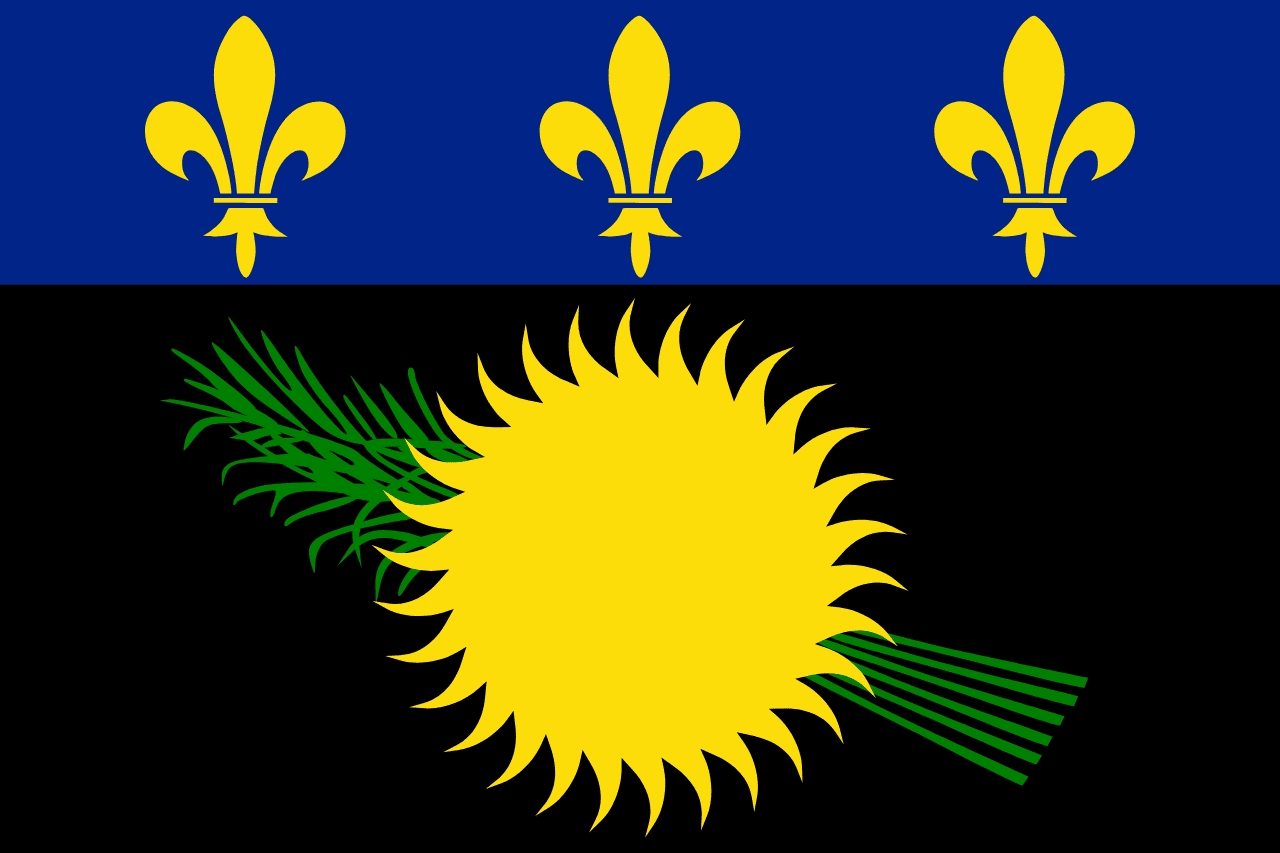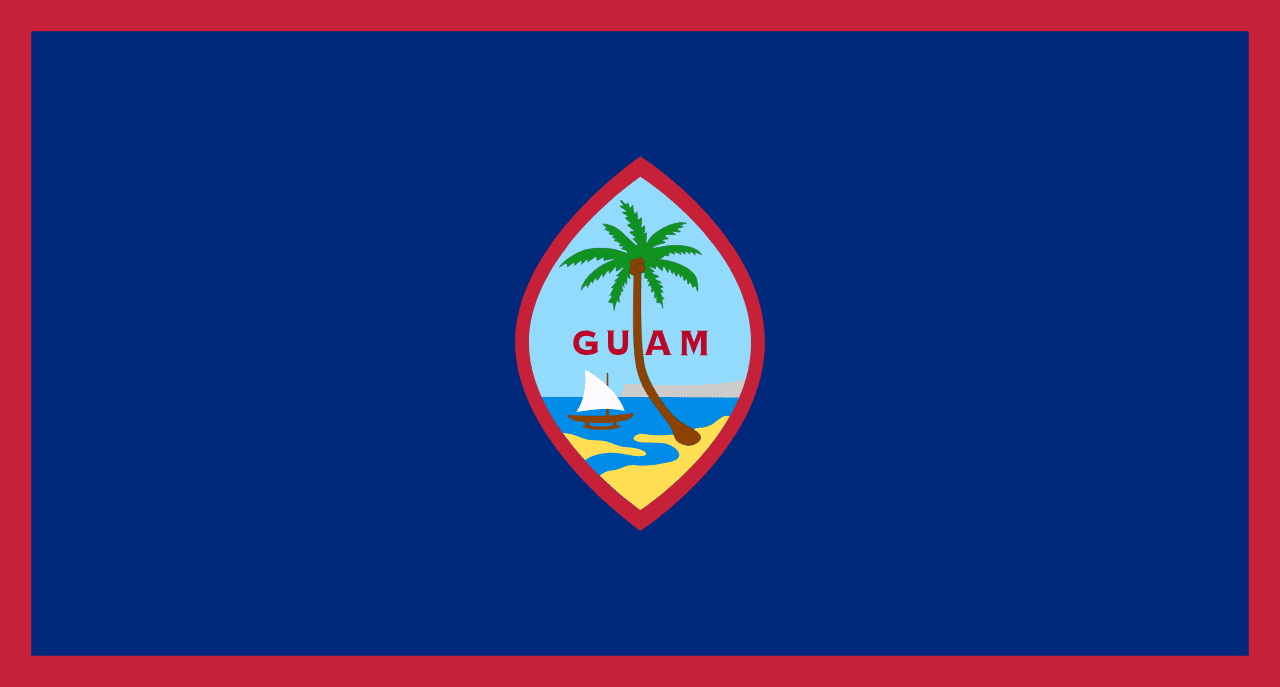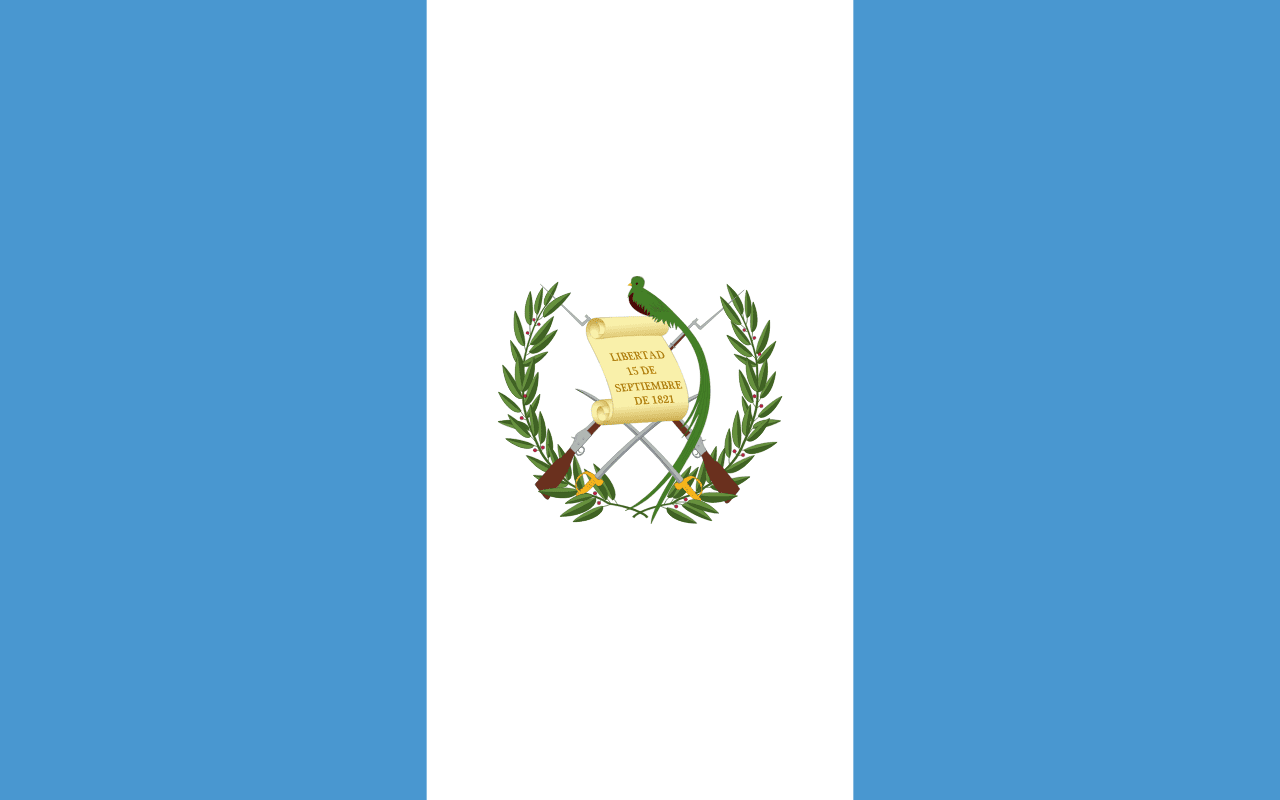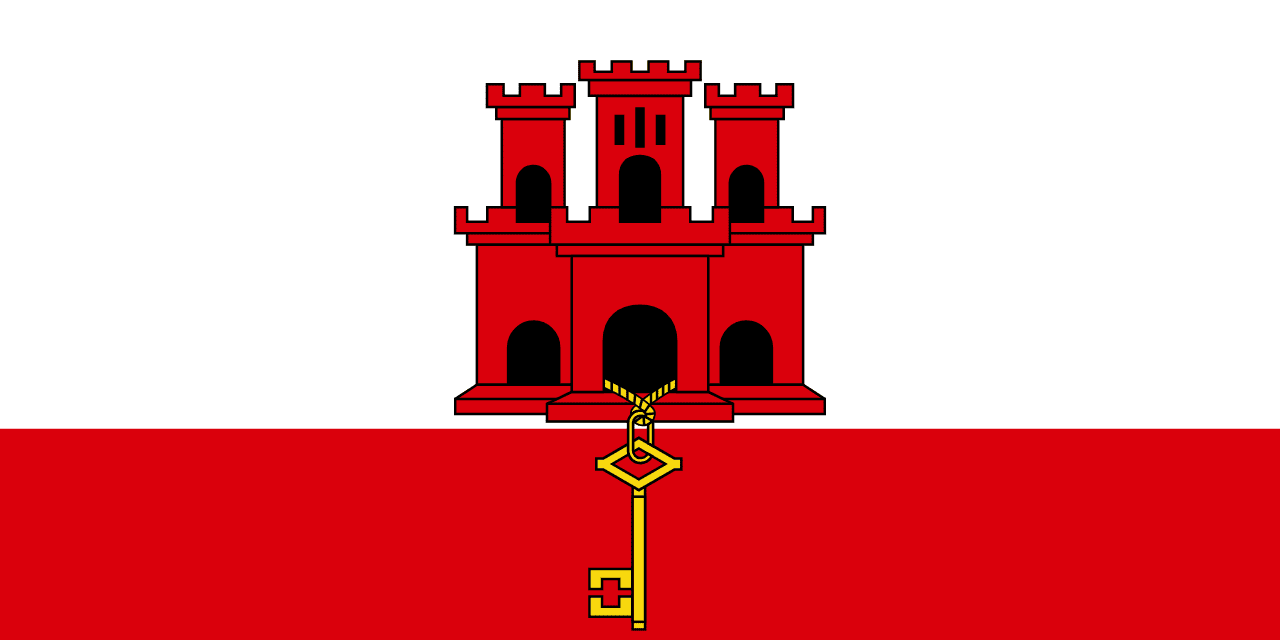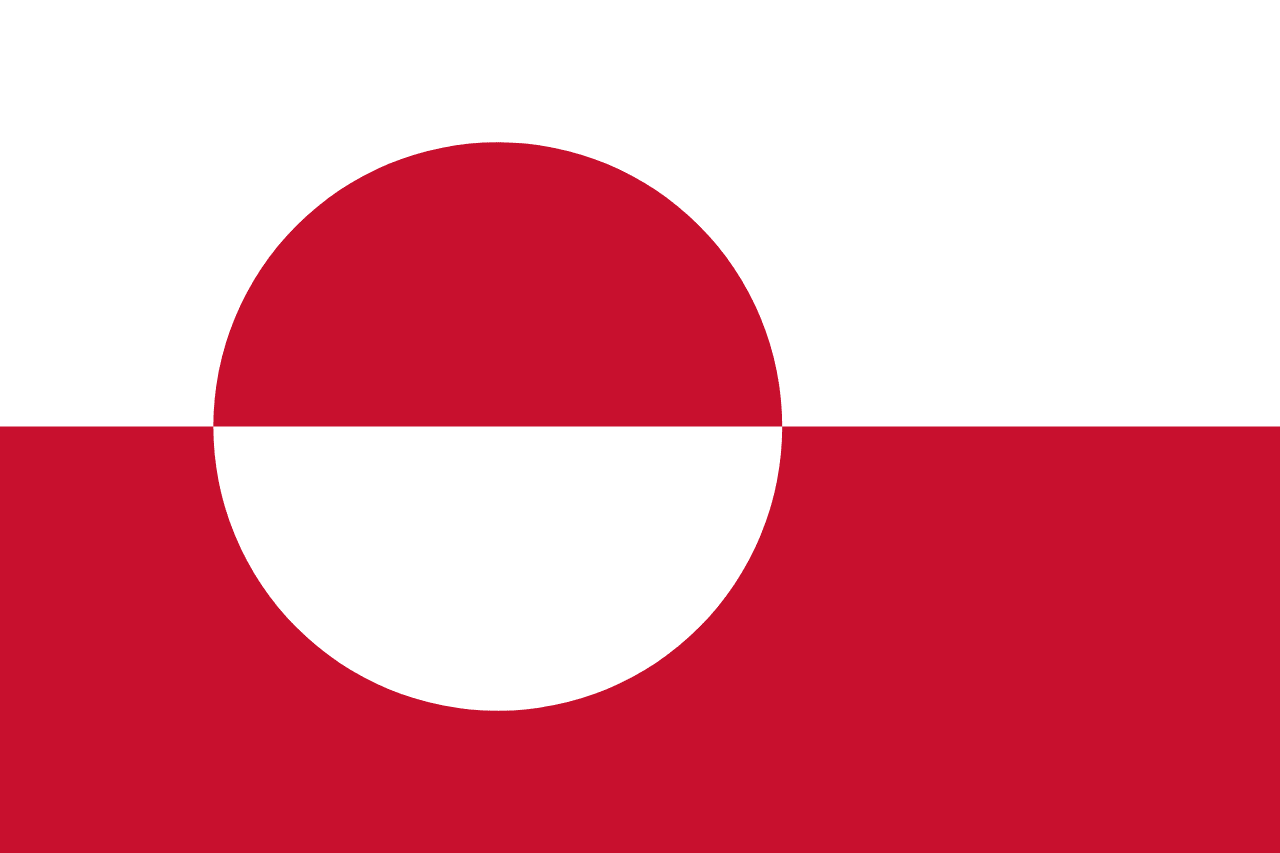The flag of Grenada consists of a red border with six yellow stars, enclosing a yellow, green, and red field with a red circle containing a yellow star in the center. A nutmeg is displayed on the hoist side. This vibrant and complex design is rich in symbolism, reflecting Grenada's history, culture, and natural resources.
Grenada information
| National Flag Day | February 7 |
| Sovereign state | Yes |
| Official name | Grenada |
| Capital | Saint George's |
| Population | 123,152 |
| Area | 344 km² |
| Currency | Eastern Caribbean dollar (XCD) |
| Language | English |
| Continent | North America |
| Region | Caribbean |
| Subregion | Lesser Antilles |
| Borders | — |
| Timezone | Atlantic Standard Time (AST) UTC-4 |
| Calling code | +1 473 |
| Top-level domain | .gd |
History of the Grenadian flag
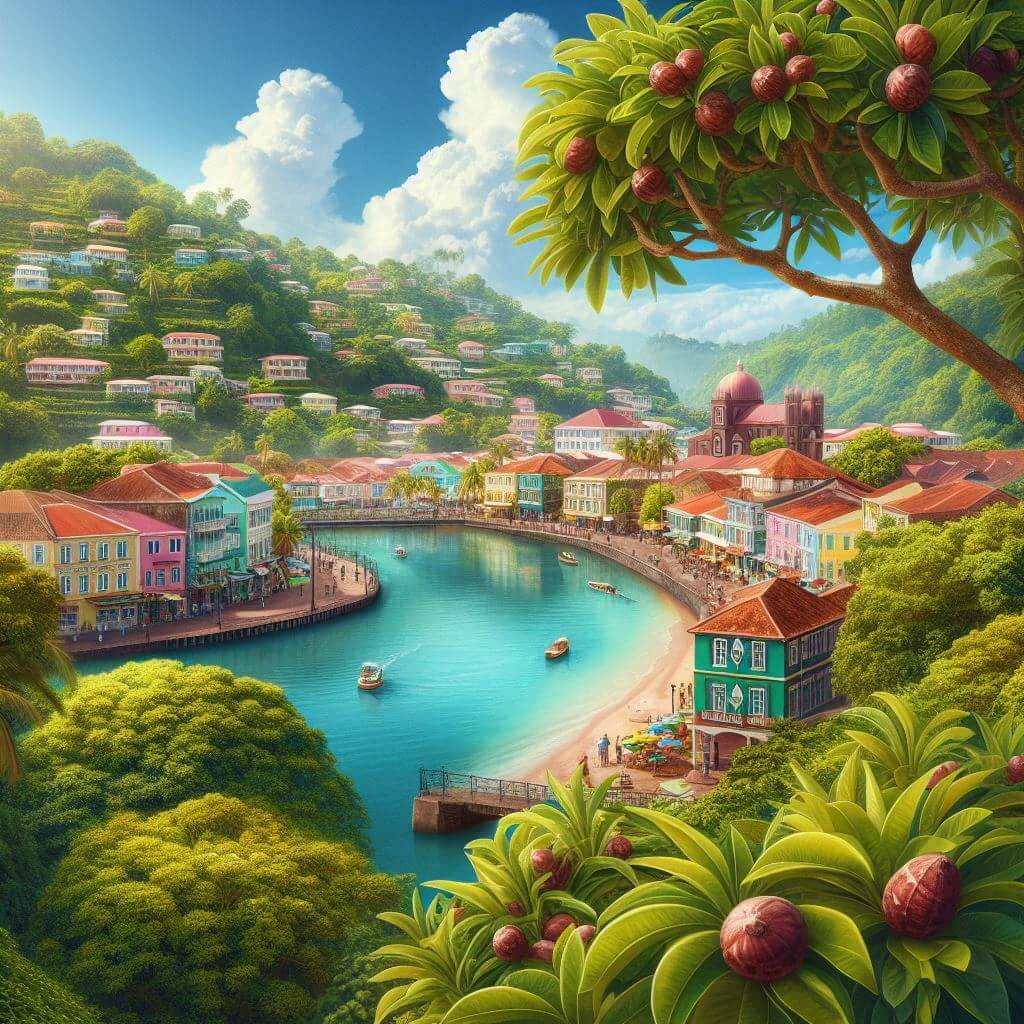 The current flag of Grenada was adopted on February 7, 1974, when the country gained independence from British colonial rule. It was designed by Anthony C. George, a local Grenadian artist, who won a national competition to create the new flag.
The current flag of Grenada was adopted on February 7, 1974, when the country gained independence from British colonial rule. It was designed by Anthony C. George, a local Grenadian artist, who won a national competition to create the new flag.
The flag's design underwent a brief change during the revolutionary period of 1979-1983, but the original 1974 design was reinstated after the U.S.-led intervention in 1983, symbolizing a return to democratic governance.
Symbolism and design of the Grenadian flag
The Grenadian flag is packed with symbolism, each element representing different aspects of the nation's identity and aspirations:
- Red Border: Symbolizes courage and vitality of the Grenadian people.
- Six Yellow Stars: Represent the six parishes of Grenada, promoting unity and equality among them.
- Yellow Triangle: Represents the sun and the warm, friendly nature of Grenadians.
- Green Triangle: Symbolizes the fertility of the land and Grenada's lush vegetation.
- Red Triangle: Represents harmony, wisdom, and warmth.
- Central Red Circle: Signifies the blood shed in the struggle for freedom and the country's capital, St. George's.
- Yellow Star in the Circle: Represents the people's hopes and aspirations for the future.
- Nutmeg: Symbolizes Grenada's primary export crop and its nickname as the "Isle of Spice."
Usage and significance of the Grenadian flag
 The flag of Grenada is a powerful symbol of national pride and identity. It is flown on government buildings, schools, and public spaces across the country. The flag is prominently displayed during national holidays, such as Independence Day (February 7) and Thanksgiving Day (October 25), as well as at international events where Grenada is represented.
The flag of Grenada is a powerful symbol of national pride and identity. It is flown on government buildings, schools, and public spaces across the country. The flag is prominently displayed during national holidays, such as Independence Day (February 7) and Thanksgiving Day (October 25), as well as at international events where Grenada is represented.
In Grenadian culture, the flag holds a special place of honor. It is used in various cultural events and ceremonies, symbolizing the unity and resilience of the Grenadian people. The flag also serves as a reminder of Grenada's journey to independence and its ongoing development as a sovereign nation.
Interesting facts about the Grenadian flag
- Grenada is known as the "Isle of Spice" due to its significant production of nutmeg and other spices. The nutmeg on the flag makes it one of the few national flags to feature a specific agricultural product.
- The flag's design is unique among national flags for its use of seven distinct colors and its complex geometric patterns.
- During the revolutionary period (1979-1983), a different flag was used, featuring a simple red, gold, and green tricolor. The return to the original 1974 design symbolized a restoration of pre-revolution governance.
- The Grenadian flag is one of the few national flags to feature a circular element (the central red circle) that is not centered on the flag.
- The flag's designer, Anthony C. George, was a teacher and artist who had no formal training in flag design. His creation beat out over 60 other entries in the national competition.
- The flag's complex design makes it one of the more challenging national flags to reproduce accurately, particularly the nutmeg emblem.
The Grenadian flag, with its vibrant colors and rich symbolism, stands as a powerful emblem of Grenadian identity, history, and aspirations. It represents not only the modern nation of Grenada but also its cultural heritage, natural resources, and the spirit of its people.
